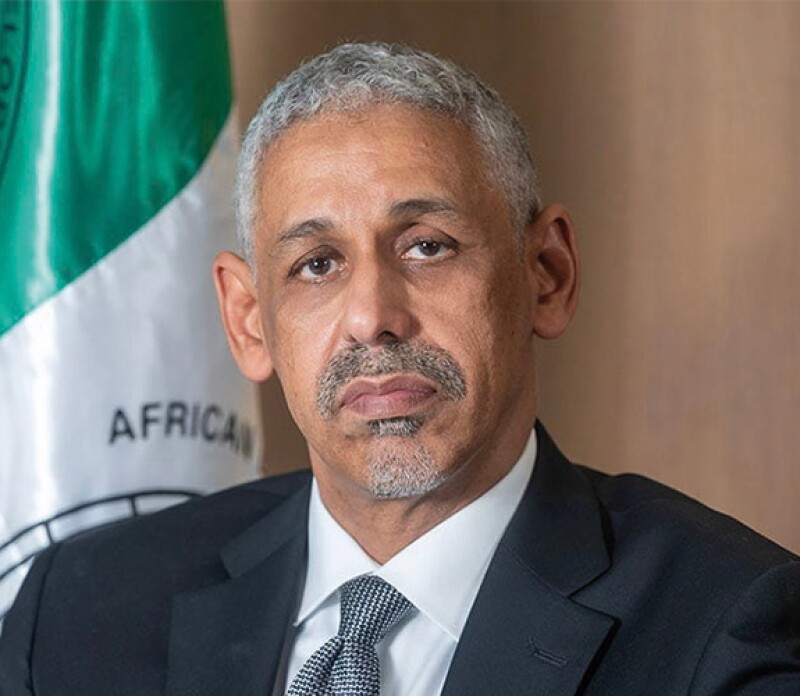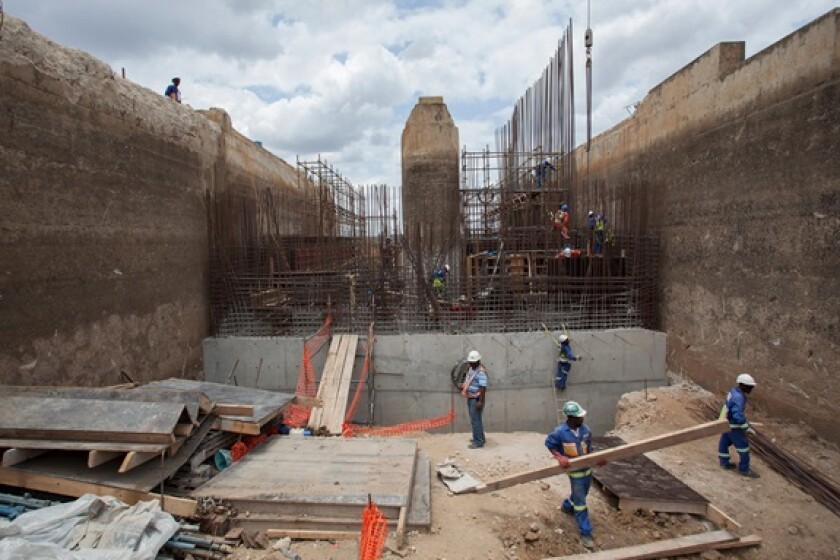The African Development Bank reaffirmed its commitment to hybrid capital issuance in September by launching its second such bond for $500m — silencing any suggestions that it may have been secretly dissatisfied with its ground-breaking first transaction in January 2024.
The new deal was priced at a wider spread over AfDB’s senior bonds than the first. But Keith Werner, division manager, capital markets at AfDB in Abidjan, said: “We were very happy with the overall result compared to the first trade — it has shown a huge amount of progress.” Above all, the issuer was pleased to reach a much broader investor base.
The AfDB is leading the way among multilateral development banks in introducing hybrid capital to their balance sheets.
Its $750m deal last year was the first from a major, triple-A rated MDB, and encouraged others including Corporación Andina de Fomento, Banque Ouest-Africaine de Développement and Africa Finance Corp to sell public deals.
The AfDB’s deeply subordinated, perpetual structure enables it to gain 100% equity credit from all three rating agencies and account for the deal as equity.
The World Bank has said it will issue a $1bn pilot public hybrid, but it and other top tier MDBs are not rushing to do so, because the pricing demanded by investors so far is not to their liking. The World Bank lends only to governments at very low, concessional rates, so raising money at 165bp over US Treasuries — as the AfDB did — would be costly.
For commercial banks, hybrid capital is effectively cheap equity. But MDBs’ equity is free, so hybrid capital is more expensive than normal equity.
For MDBs like the AfDB, which feel they have an urgent need to expand their development financing, and which lend partly to private sector borrowers paying higher spreads, raising expensive equity can be worthwhile if it enables them to benefit their shareholders by lending more.
Patient groundwork
The AfDB had always said its hybrid capital issuance would be programmatic, and over the past 20 months has met investors around the world to market it.
Led by BNP Paribas and Goldman Sachs (structuring agents) and Citigroup, HSBC and UBS, the perpetual bond is callable after 9.9 years and rated Aa3/AA- by Moody’s and S&P. It was priced on September 23 to yield 5.875%, attracting $3.65bn of demand.

A key metric for any MDB is how much more it pays to issue a hybrid compared with a senior bond of the same maturity.
The measure “is something we’re very sensitive to,” said Werner, “because we’re going to be passing the cost through to the borrowers.”
Before its first deal, the AfDB was determined to get this spread down to the 100bp-150bp range, and it achieved 134bp.
In the secondary market, the first hybrid has often traded much wider than that.
This time, the AfDB had to pay 150bp-155bp over its senior debt cost — more than the last time, but much tighter than some of the levels the first hybrid has touched.
Finding a home
The highlight of the sale for AfDB was the investor book. The difficulty in placing the first bond had been finding suitable investors.
The usual buyers of supranational, sovereign and agency bonds do not buy subordinated debt with call options and potential writedowns.
The instrument is most similar to private sector banks’ additional tier one (AT1) capital securities, but the AfDB, with senior debt at Aaa/AAA/AAA, is much better rated and did not want to pay the sort of spreads they pay on AT1.
The first deal leant very heavily on hedge funds and specialised credit funds, which were the main ones with flexible mandates, willing to try a completely new kind of instrument.
Critics of MDB hybrids saw the bond widen in the secondary market last year and pointed to its hedge fund-heavy investor base, alleging that the original pricing had been based on short term, momentum-driven interest.
The first trade had 275-plus investors bidding and 190 allocated. It went 55% to hedge funds and specialised credit funds, 28% to asset managers, and the other 17% to central banks, pension funds, insurance companies and private banks.
The book for the second deal was very different. Asset managers were allocated 60% of the bonds, hedge funds 29%, pension funds and insurance companies 9% and banks and private banks 2%. There were over 200 investors.
“We do not want to diminish the value of hedge funds — they’re still very important buyers of credit,” said Damian Saunders, syndicate manager at BNP Paribas in London. “But we did want the focus to shift to long-term holders and real money accounts.” Saunders said there was “a very high overlap” between buyers of the AfDB’s deal and AT1 buyers — even though the AfDB’s was at least 70bp tighter than the best AT1s.
Right niche
The AfDB’s last regular capital increase was in 2020, with capital due to arrive by 2030.
“In terms of the trajectory we have for our capital cycle to 2030, there is no additional constraint — we are able to hit the projected [lending] targets we set out in 2020,” Werner said. “This is additive — the hybrid is enabling us to go above and beyond that trajectory, to bring in more capital to increase lending.”
He said the bank wanted to “avoid any big jumps. We are not going to be doing any really big hybrid issuance. We will continue to do what we’ve been doing on a regular basis with benchmark-size trades and continue to contribute to the development of the asset class.”
